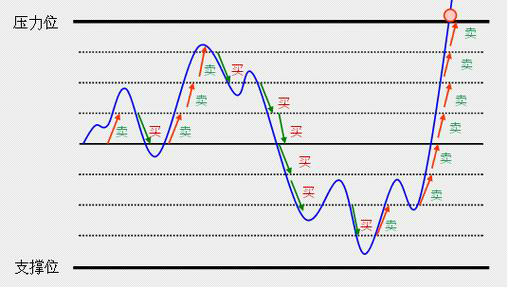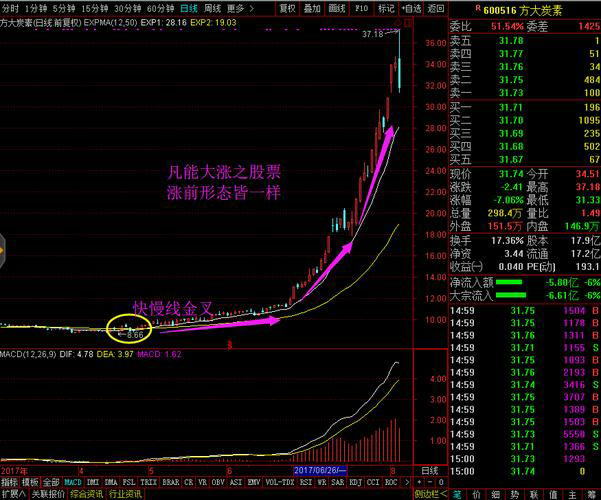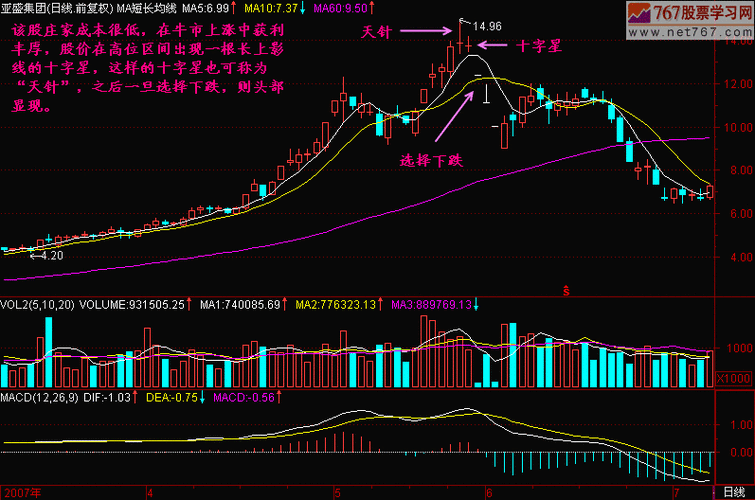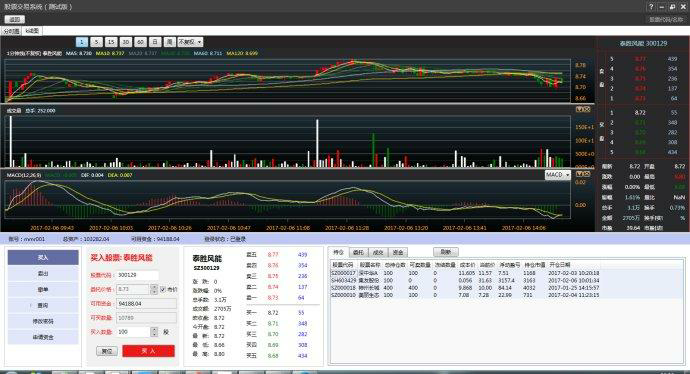Exploring the Classic Quantitative Models in Investment
时间:2023-09-04 21:12:10
导读:本文将探讨投资领域中经典的定量模型,这些模型在投资组合管理和风险管理中起着重要作用。我们将介绍几种常见的定量模型,包括资本资产定价模型(CAPM)、套利定价理论(APT)、Black-Scholes期权定价模型以及马科维茨均值方差模型。通过了解这些经典模型的原理和应用,投资者可以更好地理解市场行为和风险管理,从而做出更明智的投资决策。

Investment management involves making informed decisions based on various factors, including market trends, risk assessment, and financial analysis. Quantitative models play a crucial role in portfolio management and risk management by providing a systematic approach to decision-making. In this article, we will explore some of the classic quantitative models used in investment and discuss their applications and limitations.
1. Capital Asset Pricing Model (CAPM):
The CAPM is a widely used model that helps investors determine the expected return on an investment based on its systematic risk. It considers the relationship between the expected return of a security, the risk-free rate, and the market risk premium. By using the CAPM, investors can assess the risk and return trade-off of different investments and construct an efficient portfolio.
2. Arbitrage Pricing Theory (APT):
The APT is an alternative to the CAPM and provides a multi-factor model for asset pricing. It considers various factors that may affect the returns of an investment, such as interest rates, inflation, and market volatility. The APT helps investors identify mispriced securities and take advantage of arbitrage opportunities.
3. Black-Scholes Option Pricing Model:
The Black-Scholes model is widely used for pricing options and derivatives. It takes into account factors such as the underlying asset price, strike price, time to expiration, risk-free rate, and volatility. By using this model, investors can determine the fair value of options and make informed decisions regarding option trading strategies.
4. Markowitz Mean-Variance Model:
The Markowitz model is a portfolio optimization model that helps investors construct an efficient portfolio by considering the trade-off between risk and return. It takes into account the expected returns and variances of different assets and identifies the optimal allocation of assets to minimize risk for a given level of return.
Conclusion:
Quantitative models provide investors with a systematic approach to investment decision-making. The CAPM, APT, Black-Scholes model, and Markowitz model are some of the classic quantitative models used in investment. By understanding the principles and applications of these models, investors can gain insights into market behavior and effectively manage risk. However, it is important to note that these models have limitations and should be used in conjunction with other qualitative and quantitative analysis techniques for a comprehensive investment strategy.
内容
-

-
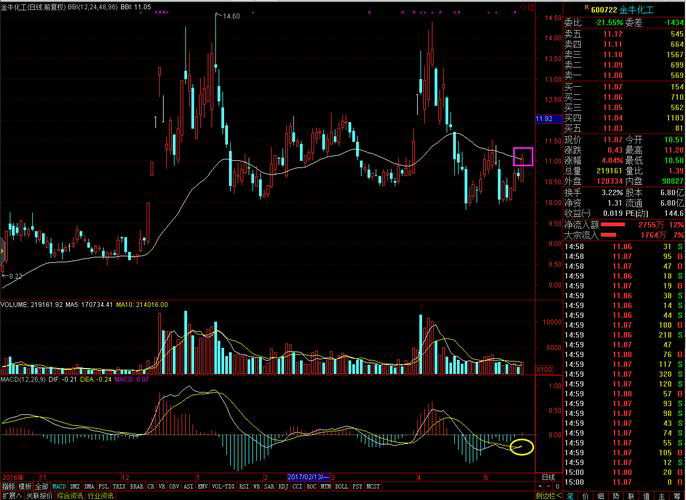 Mastering Market Analysis: The2023-09-10 15:14:10本文将探讨市场分析的重要性以及如何通过掌握市场分析技巧来预测未来趋势。我们将介绍市场分析的基本概念和方法,并提供一些实用...
Mastering Market Analysis: The2023-09-10 15:14:10本文将探讨市场分析的重要性以及如何通过掌握市场分析技巧来预测未来趋势。我们将介绍市场分析的基本概念和方法,并提供一些实用... -
 实用的交易资金管理技巧,助您稳定盈利2023-09-10 04:12:10本文将介绍一些实用的交易资金管理技巧,帮助投资者在交易中稳定盈利。通过合理的风险控制和资金分配,投资者可以降低交易风险,...
实用的交易资金管理技巧,助您稳定盈利2023-09-10 04:12:10本文将介绍一些实用的交易资金管理技巧,帮助投资者在交易中稳定盈利。通过合理的风险控制和资金分配,投资者可以降低交易风险,... -
 持仓风险管理:股市投资者必备的技巧与工具2023-09-12 09:19:10本文将介绍股市投资者在进行投资时必备的持仓风险管理技巧与工具。通过合理的风险管理,投资者可以降低投资风险,提高投资收益。...
持仓风险管理:股市投资者必备的技巧与工具2023-09-12 09:19:10本文将介绍股市投资者在进行投资时必备的持仓风险管理技巧与工具。通过合理的风险管理,投资者可以降低投资风险,提高投资收益。... -
 Mastering Money Management: Fo2023-09-06 20:42:10本文将介绍四种有效的策略,帮助您掌握理财技巧,优化您的财务状况。通过正确的金钱管理和财务规划,您可以实现财务目标,提高财...
Mastering Money Management: Fo2023-09-06 20:42:10本文将介绍四种有效的策略,帮助您掌握理财技巧,优化您的财务状况。通过正确的金钱管理和财务规划,您可以实现财务目标,提高财... -
 股票基本面分析:揭示企业内在价值的关键2023-09-06 22:38:10本文将深入探讨股票基本面分析的重要性,以及如何通过分析企业的财务指标、市场前景等因素来揭示企业的内在价值。通过这种分析方...
股票基本面分析:揭示企业内在价值的关键2023-09-06 22:38:10本文将深入探讨股票基本面分析的重要性,以及如何通过分析企业的财务指标、市场前景等因素来揭示企业的内在价值。通过这种分析方...



